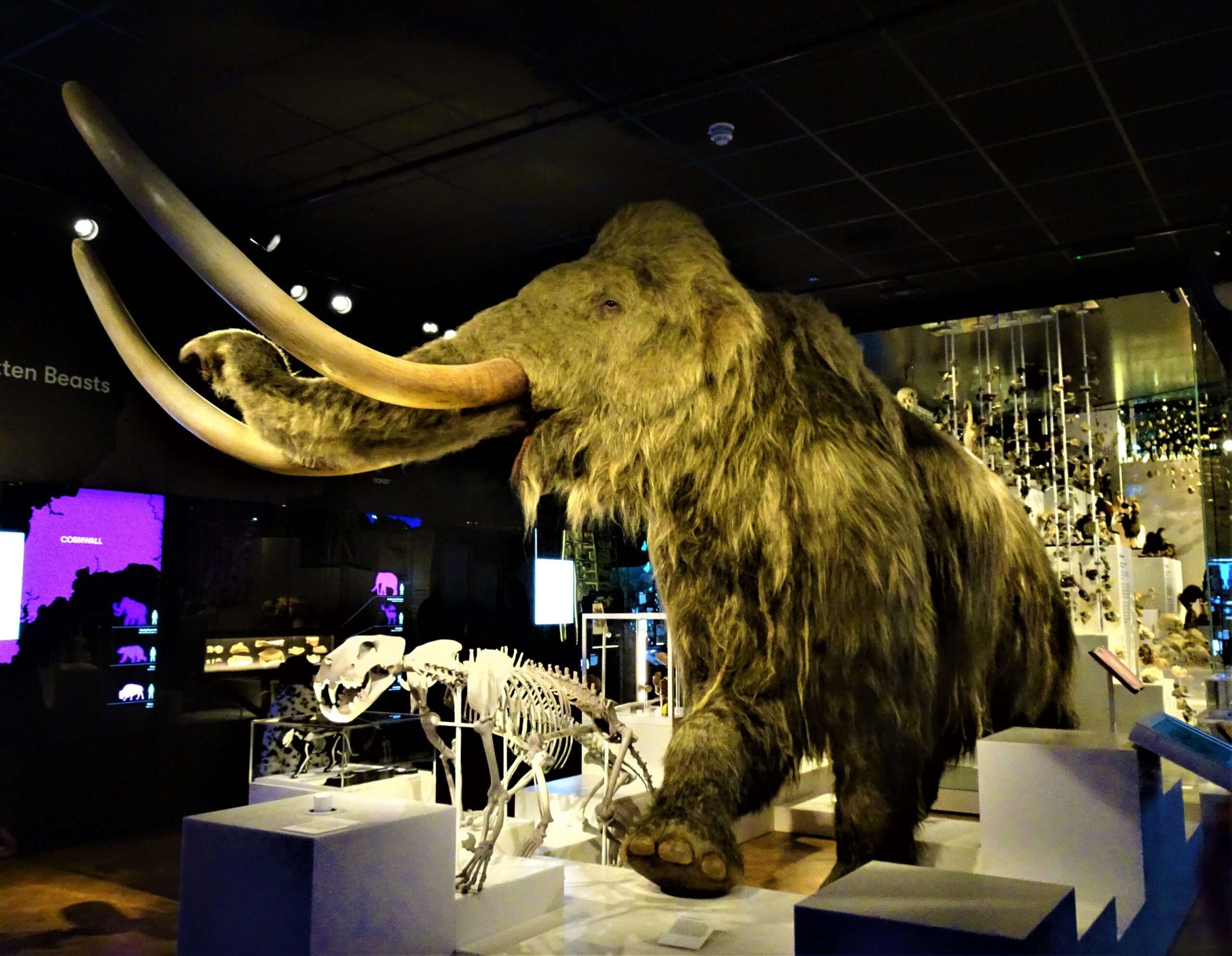It’s happened. My first trip to The Box in Plymouth. A whole year has gone by since my failed attempt to book a visit online when the cultural centre opened before last winter’s lockdown. The venue name was the cause of mixed opinions when revealed, but it is now familiar to everyone.
From its inception, I’ve followed the project’s progress eagerly; disappointed at first when the original museum closed in preparation. The old building had always been a must-go-to place when my son and daughter were children. These days, I’ll be thinking about taking my small grandson.
The entrance at Tavistock Place is bright and welcoming. Figureheads from historical wooden ships are suspended overhead, each with their own enthralling story, and thought to represent each vessels’ spirit. I was particularly keen to see the King Billy design after spotting the replica at Mutton Cove and was amazed at how big the original is close up. The figurehead of Queen Victoria is captivating, the finer details enchanting and exquisitely painted.
In the Active Archives, there is much to take in about noteworthy townspeople, the town’s development and heritage, starting with the Barbican and Sutton Harbour. Sutton was a fishing village but became a market town in 1254.
We couldn’t miss the Mayflower 400: Legend and Legacy Exhibition. The subject was spoken about for years, events planned, and for obvious reasons postponed or cancelled. It was a long-awaited wish to see the relics, to find out about the families who sailed from Plymouth, the journey, and the survivors who settled in America.
There is also a wall of spinning plaques. Pictures of folk today on one side with their stories and connections to the Mayflower’s passengers on the reverse. Amazingly, there are thought to be over 30 million ancestors of the 1620 voyagers worldwide.
From indigenous Australian paintings, sculptures, and ceramics telling ancient tales from the world’s oldest continuing culture to Sir Joshua Reynolds oil on canvas masterpieces hanging above historical furniture in the Cottonian collection, the art styles are varied.
Mildred the woolly mammoth is most impressive, but it isn’t just animals from the Ice Age celebrated. I was surprised to learn that hippos once swam in Devon’s rivers in the warm periods. Mineral specimens, crystals, examples of creatures, past and present including butterflies and insects light up the cabinets. And for travellers, the 100 Journeys room is enlightening. It adjoins the Port of Plymouth display which was popular, but then many people know someone who has links with the dockyard or the Royal Navy.
It might have been a long wait, but the trip to The Box was well worth it, and hopefully, I’ll be going back again soon.
Until next time,
Sue. X

